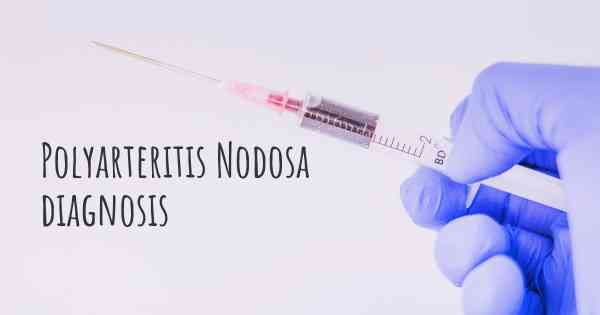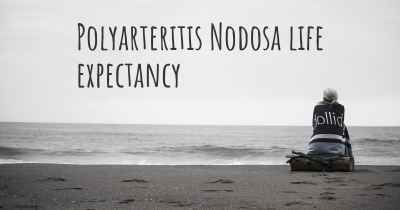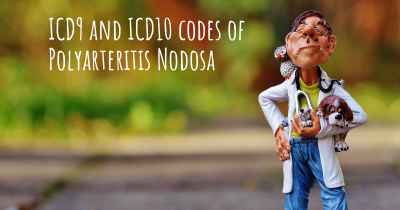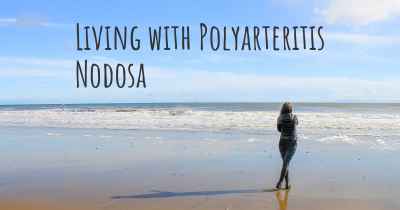How is Polyarteritis Nodosa diagnosed?
See how Polyarteritis Nodosa is diagnosed. Which specialists are essential to meet, what tests are needed and other useful information for the diagnosis of Polyarteritis Nodosa

Polyarteritis Nodosa (PAN) is a rare autoimmune disease that affects the medium-sized arteries, leading to inflammation and damage in various organs of the body. Diagnosing PAN can be challenging due to its nonspecific symptoms and the need to rule out other conditions with similar presentations. However, a combination of clinical evaluation, laboratory tests, imaging studies, and sometimes biopsy can help in reaching a definitive diagnosis.
Clinical Evaluation:
The first step in diagnosing PAN involves a thorough medical history and physical examination. The doctor will inquire about the patient's symptoms, their duration, and any underlying medical conditions. They will also perform a comprehensive physical examination to look for signs of vasculitis, such as skin rashes, joint pain, muscle weakness, abdominal pain, and neurological abnormalities.
Laboratory Tests:
Several laboratory tests are useful in supporting the diagnosis of PAN. These may include:
- Complete blood count (CBC): A CBC can reveal anemia, elevated white blood cell count, and abnormal platelet levels, which may indicate inflammation.
- Inflammatory markers: Blood tests like erythrocyte sedimentation rate (ESR) and C-reactive protein (CRP) can help assess the level of inflammation in the body.
- Autoantibodies: Testing for specific autoantibodies, such as antineutrophil cytoplasmic antibodies (ANCA), can help differentiate PAN from other vasculitis conditions.
- Hepatitis B and C screening: PAN is often associated with hepatitis B virus (HBV) infection, so testing for HBV and hepatitis C virus (HCV) is crucial.
- Complement levels: Low levels of complement proteins (C3 and C4) may be observed in PAN.
- Urinalysis: Examination of urine can detect abnormalities such as blood or protein, indicating kidney involvement.
Imaging Studies:
Imaging techniques play a vital role in diagnosing PAN and assessing the extent of organ involvement. These may include:
- Angiography: Angiography, either conventional or magnetic resonance angiography (MRA), can reveal characteristic findings of PAN, such as aneurysms, stenosis, or occlusions in affected arteries.
- Computed tomography (CT) scan: CT scans can provide detailed images of affected organs, helping to identify abnormalities.
- Ultrasound: Ultrasound may be used to evaluate blood flow, detect aneurysms, or assess organ damage.
Biopsy:
In some cases, a biopsy may be necessary to confirm the diagnosis of PAN. A small sample of affected tissue, such as skin, muscle, nerve, or kidney, is obtained and examined under a microscope. The biopsy can reveal characteristic changes in the blood vessel walls, confirming the presence of PAN.
It is important to note that diagnosing PAN requires a multidisciplinary approach involving rheumatologists, nephrologists, radiologists, and pathologists. The combination of clinical evaluation, laboratory tests, imaging studies, and occasionally biopsy helps in establishing a definitive diagnosis of Polyarteritis Nodosa. Early diagnosis is crucial for initiating appropriate treatment and preventing further organ damage.
Rheumatologist is my main specialist but for awhile I also had a GI and pulmonary specialist.
Blood tests are required , ct scans and a PET scan and biopsy .
Posted Mar 31, 2018 by Verna 3000








